As big of a raging golf nerd that I am, there are still plenty of golf clubs and brands both old and new that I had no idea existed. There was one significant set of clubs that somehow slipped my radar from my “sweet spot” era of early 2000s golf. Those were the Wilson Fat Shaft irons. These were a line of golf clubs best explained by their name. They featured an oversized shaft that was roughly 10% larger than your standard golf shaft. These shafts are typically made of steel, but Wilson also offered them in graphite.
I first learned about them when my buddy @midwest_vintage_golf posted a set of them earlier this year. While I thought they were cool, I didn’t fully appreciate them at the time. Nevertheless, the Wilson Fat Shaft was now locked into my brain and of definite interest for my future thrift adventures.
One overcast weekday evening, I stopped at a random Goodwill in between running kids around to their activities. The golf club rack was full of the usual knock-off brand trash that would be best fit for a scrap pile (at an environmentally friendly recycling center, of course). But there were a handful of clubs that just stood out from everything else. They were scattered throughout the club rack, but they looked notably different from everything else. The bright orange-ish/red-ish Wilson logos on the soles were eye catching and they were of a clear better quality than everything else there. I pulled one out, and sure enough…it was a Wilson Fat Shaft iron. After a few minutes of digging around, I found a complete 3-PW set of Wilson Fat Shaft irons. $3 per club later, I was on my way!
Benefits of Wilson Fat Shaft Irons
So what’s the point of a “fat shaft” in golf club? I had no idea and could only make assumptions, so I did some research based on my “new” Wilson Fat Shaft irons.
The increased shaft diameter is supposed to provide the following benefits:
- Increase in stability and forgiveness: The larger shafts are more resistant to twisting and bending, which can help to improve swing accuracy and reduce mishits. (Apparently…) Or in other words, reduced torque and energy loss due to shape changing throughout the golf swing.
- Higher launch angle: The fat shafts can also help to generate more launch angle, which can lead to longer distances. (I can’t confirm this at this point.)
- Increased feel: The shafts can also provide a more solid feel at impact, which can help golfers to better control their shots. (I can’t tell you this is an improvement, and I’m not sure what the measurement of “increased” is in regards to feel, but it’s certainly a different feel…I need more time to really convey this sensation.)
Some other benefits of the Fat Shaft irons is that they are a thicker cavity back iron making them a bit more “generous” for a higher handicap player. They also have a good amount of offset to them. I’m told these were popular across all skill levels, but I can’t imagine low handicaps enjoying them all that much. I say that without having played an actual round of golf with them, but the profile and feel alone are enough to tell me that.
Drawbacks of the Mighty Wilson Fat Shaft Irons?
Based on my research, there also a few “drawbacks” to using Wilson Fat Shaft irons. The larger, thicker shaft adds some weight. The heavier weight is pretty noticeable as soon as you pick up the club. Don’t get me wrong, the balance is pretty solid…but the club weighs a ton. I don’t see this weight being all that advantageous for the player they’re geared toward.
They’re a THICC cavity back iron reminiscent of a game improvement profile. As such, the club head doesn’t lend itself to easy workability. Add in the fat shaft and I could imagine this only makes shaping and flighting shots more difficult.
And let’s all be honest with ourselves…the Wilson Fat Shaft is kind of ugly. True, aesthetics are subjective, but the club head is large with a massive top line. Then you’re looking down at the larger shaft going into the hosel-less club head and there are strong hockey stick looks. I suppose it was a vibe at some point, but they aren’t pretty. That said, a lot of the beloved clubs of my generation cherishes to this day weren’t the most beautiful things. (Except the Scotty Cameron TeI3…easily one of the most beautiful golf clubs ever made.)
Final Thoughts
Are the Wilson Fat Shaft irons the greatest clubs of all time? Certainly not, but they definitely hit nostalgic notes for a certain era of golfers. In fact, I’m told these were THE club to have in the UK when they came out. I’ll take my various British friends’ word for it. All of that said, I’m definitely intrigued by these irons and pumped I found a full set of them! I’ll definitely take them out for a “funny round” of golf or two and see what they’re all about before I eventually get rid of them. Maybe I’ll even post a full throwback review of them!

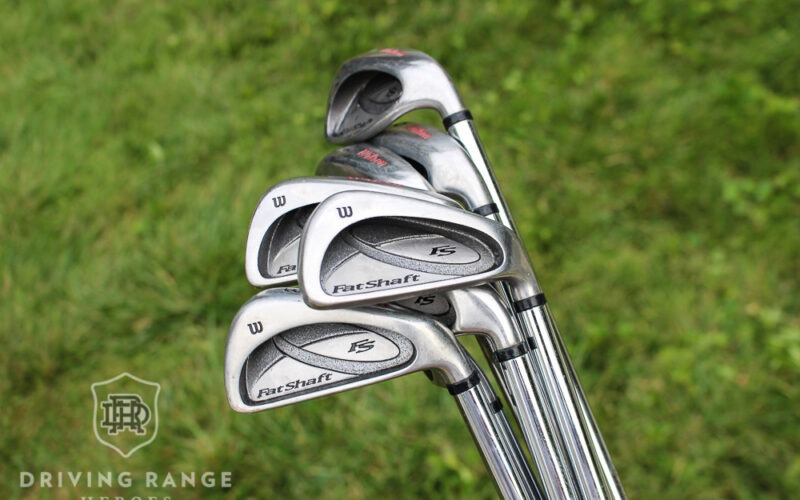
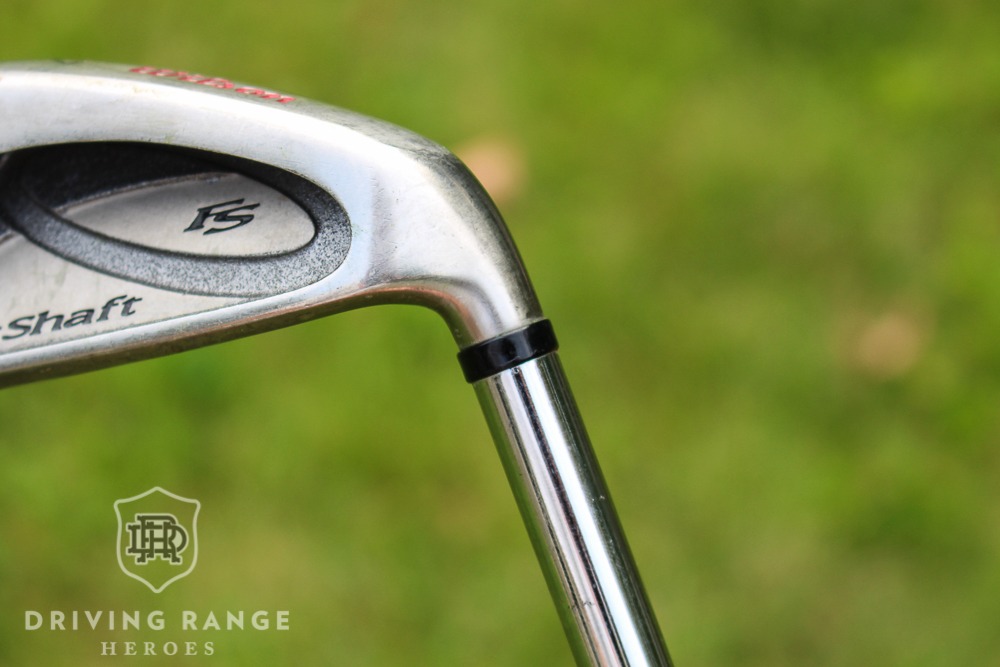
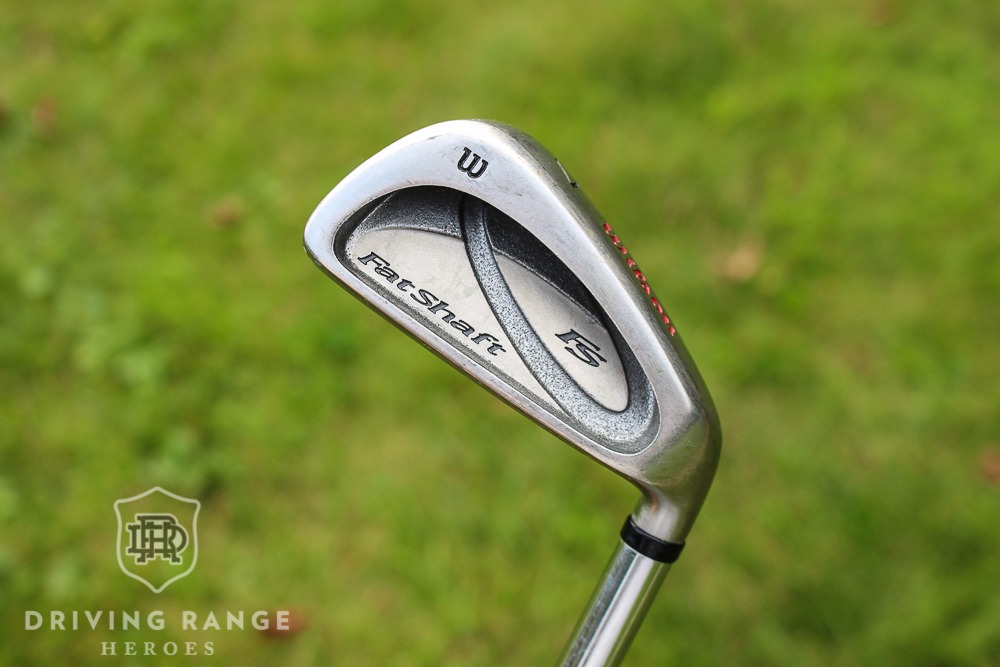
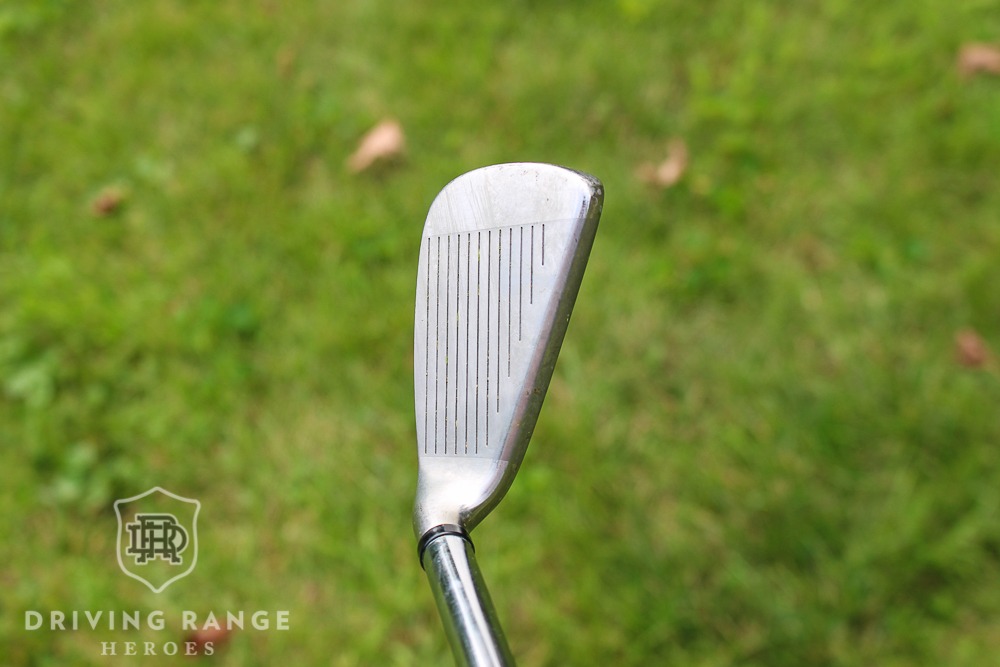

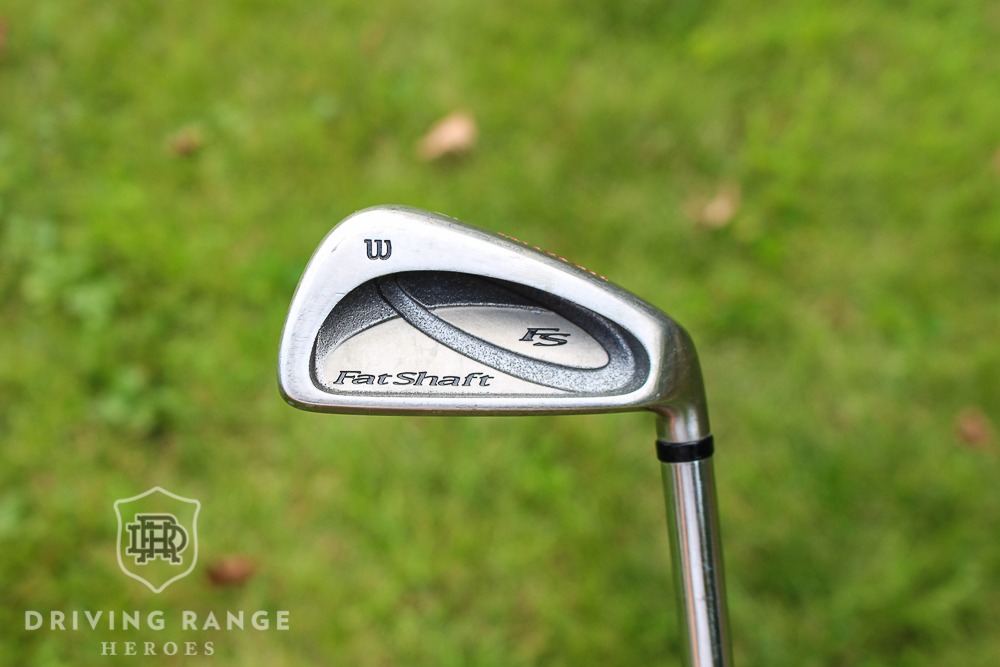
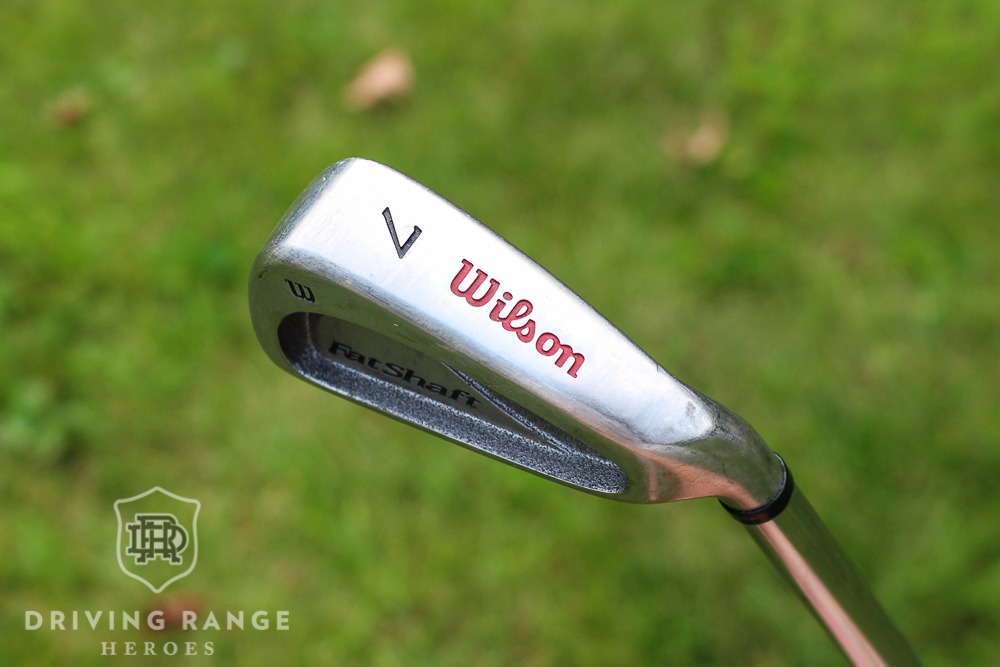

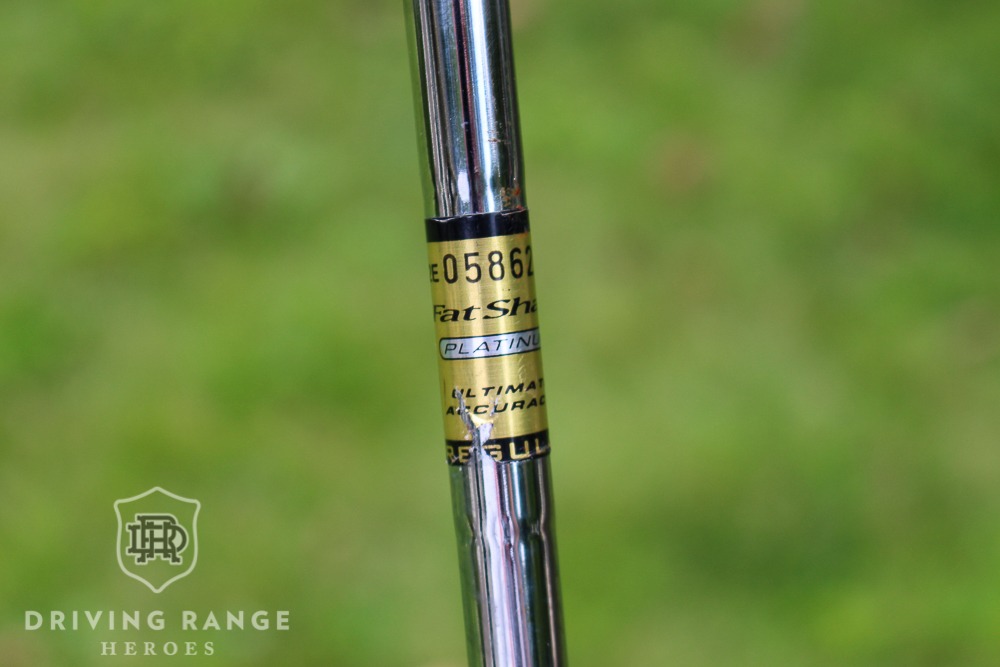
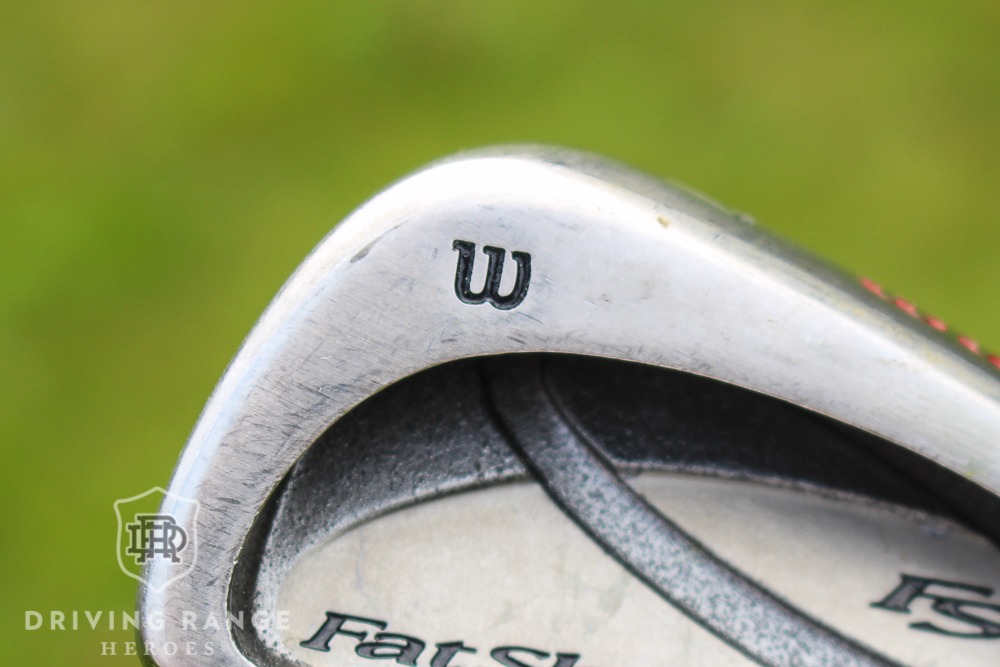
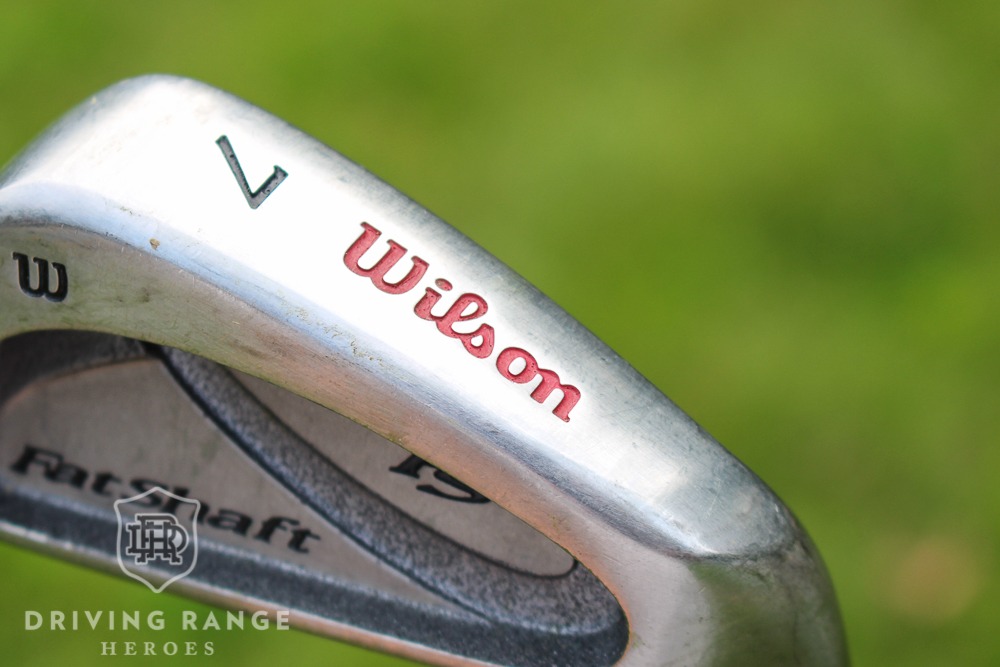
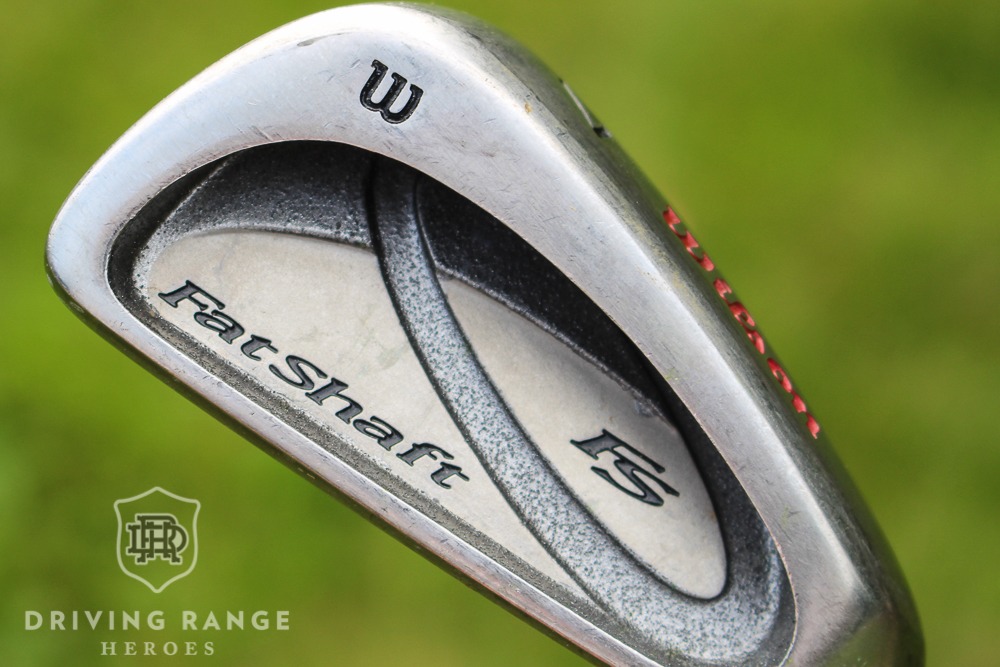
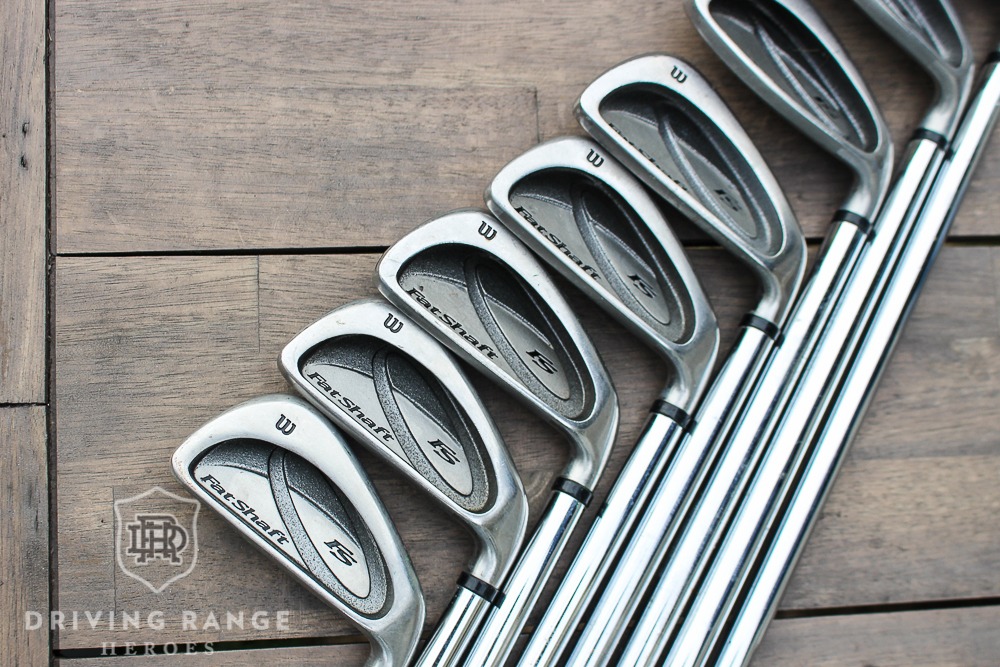
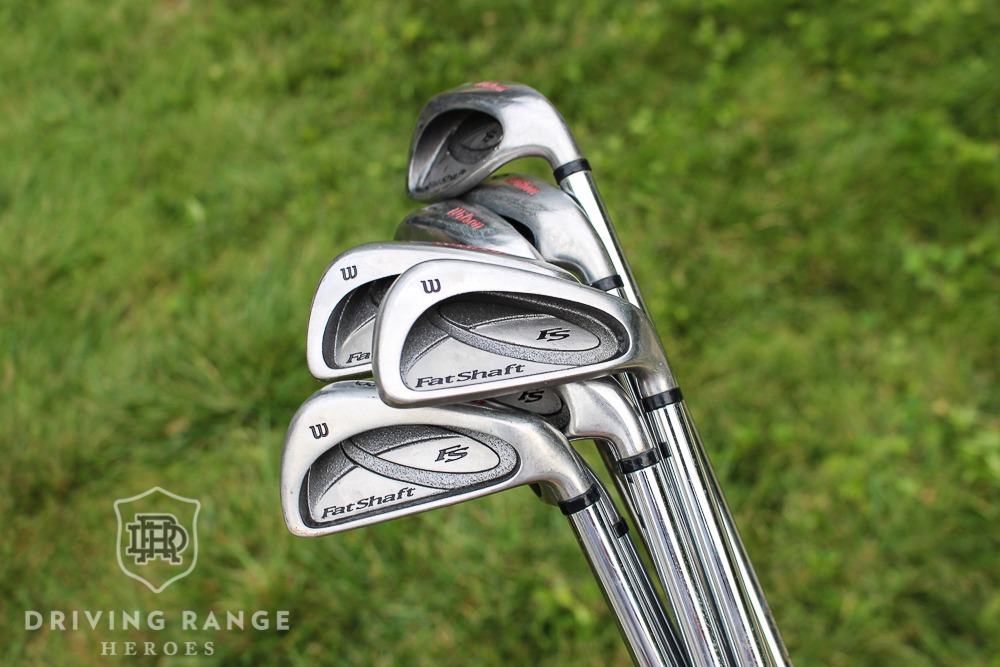

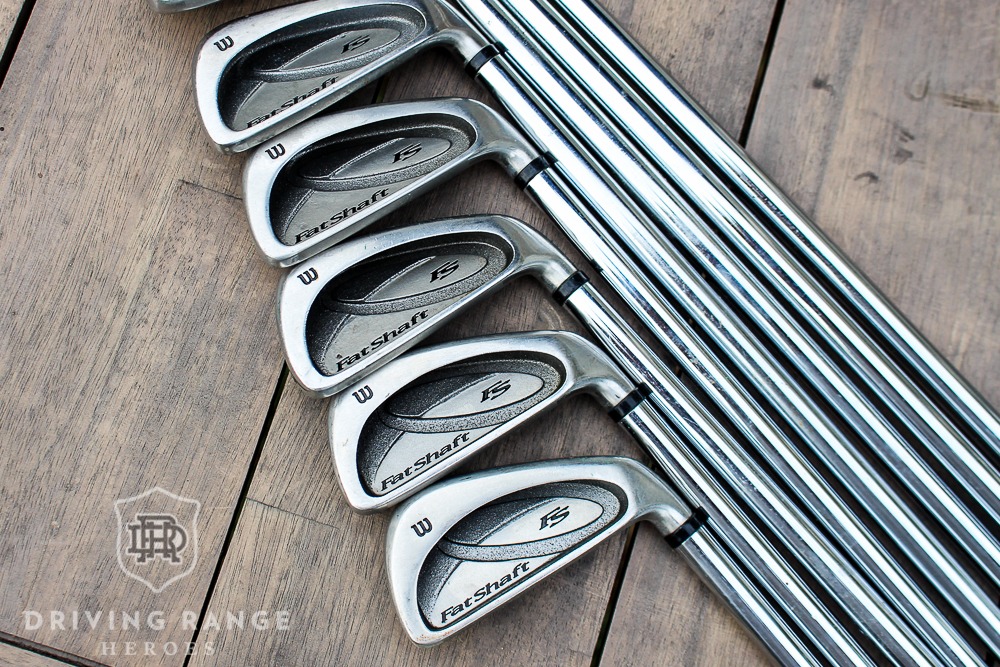
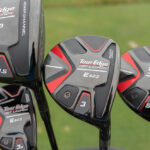

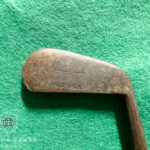












There was a Robert Mendralla signature series in the fat shafts that played very well at the time, roughly twenty five years ago. It was something R. Mendralla always wanted to do, have his own signature iron vs. designing many legendary staff model numbers. The best year of them had three steps of thickness in the cavity back area with a perfect bright chrome finish everywhere but the cavity. That particular RM model was a seriously good looking iron at the time. Wilson had already lost market share and the Mendralla signature model went completely unnoticed.
I had a set of the Wilson Fat Shafts back in the day, when I was much stronger and in better overall better shape. I have very good feel and they didn’t feel any heavier than other steel shafted irons, but weight did feel distributed differently. I got them as the shaft was logically more stable/less torque, hence more accurate. Loved them. Was playing to a 10 hdcp before getting them, got down to 6.9 with them. Easy to hit high and straight, and could work the ball decently but rarely needed to. More GIR’s and regularly closer to hole, but I was an erratic putter which denied me from getting better. Thanks for the trip down memory lane.